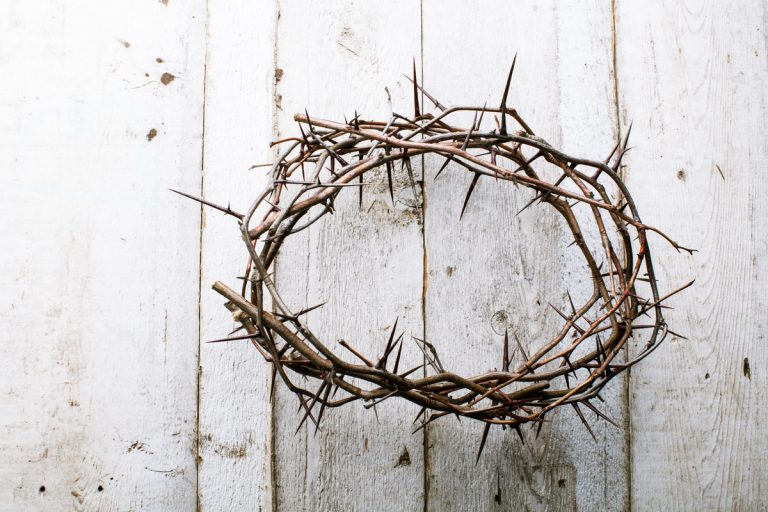What’s going on in Iran?
Protests against the Islamic Republic broke out last week in several cities across Iran. The protests are the largest and most widespread since 2009, when many Iranians expressed opposition to the results of that year’s presidential election.
Many of the current protestors are calling for a regime change. The government crackdown, which included sending Revolutionary Guards into at least three cities, has lead to 21 deaths and more than 1,000 arrests. The head of the Revolutionary Guards has claimed victory over the “forces of sedition,” which he claims had sought to create “anarchy, insecurity and intrigue in the Islamic Republic.”
What sparked the protests?
Since September 2017 there have been small protests, mostly in rural areas of Iran, over economic grievances. Because of sanctions imposed by the international community over the Iranian government’s refusal to give up its nuclear program, the country had suffered a steep economic decline.
Inflation hovers around 11 percent, and the unemployment rate is 12.4 percent. Among those younger than 30—who compose more than half of the country’s 80 million population—more than one in four (26.7 percent) is unemployed. Overall, Iranians have become poorer over the past decade. According to BBC Persian, the consumption of bread, milk, and red meat in Iranian households had decreased by between 30 percent and 50 percent over the past 10 years.
This week’s protest started after the release of a budget that showed the government was cutting subsidies for fuel and schools while directing billions of dollars to Islamic religious foundations and the Revolutionary Guards, the branch of the military tasked with protecting the country’s Islamic Republic system.
As the protests grew, though, the demonstrations shifted to a general opposition to the country’s political repression. Interior Minister Abdolreza Rahmani Fazli said that across the nation 42,000 people had taken part in the protests, including both the anti-government protests and counterdemonstrations.
What is the goal of the protests?
The protestors are demanding a change in the regime and for the ouster of Supreme Leader Ayatollah Ali Khamenei. Khamenei served as president of Iran from 1981 to 1989 and has been the Supreme Leader of Iran since 1989.
In Tehran, protesters faced a mural of Khamenei and shouted, “Death to you.” Openly targeting Khamenei, who is considered God’s representative on Earth, is a crime that carries the death penalty, The Wall Street Journal notes.
How has the Iranian government responded?
The anti-government protests led to tens of thousands of Iranians participating in counterdemonstrations to show support for the theocracy. This support helped provide cover for the Iranian government to lead a crackdown on anti-regime protestors.
Still, parts of the government recognize the problems raised during the protests must be addressed.
Iranian President Hassan Rouhani, who is considered a moderate backed by reformists, told members of parliament the protests are an “opportunity” rather than a “threat.”
“I believe what has happened in the past few days is an opportunity despite it looking like a threat. We have to find out the problem,” Rouhani said. “People have not come to the street for merely economic problems. They are not just asking for bread and water. We have to listen. We have to make it an opportunity and find a solution.”
The Ayatollah Khamenei, however, blames the country’s internal problems on foreign meddling. “Look at the recent days’ incidents,” Khamenei said. “All those who are at odds with the Islamic Republic have utilized various means, including money, weapons, politics, and [the] intelligence apparatus, to create problems for the Islamic system, the Islamic Republic, and the Islamic Revolution.”
How has the United States responded?
President Trump has tweeted several times this week about the protests. On Wednesday he tweeted, “Such respect for the people of Iran as they try to take back their corrupt government. You will see great support from the United States at the appropriate time!”
The U.S. State Department also issued a statement saying, “We condemn in the strongest possible terms the deaths to date and the arrests of at least 1,000 Iranians. We have ample authorities to hold accountable those who commit violence against protestors, contribute to censorship, or steal from the people of Iran. To the regime’s victims, we say: You will not be forgotten.”
Is there enough evidence for us to believe the Gospels?
 In an age of faith deconstruction and skepticism about the Bible’s authority, it’s common to hear claims that the Gospels are unreliable propaganda. And if the Gospels are shown to be historically unreliable, the whole foundation of Christianity begins to crumble.
In an age of faith deconstruction and skepticism about the Bible’s authority, it’s common to hear claims that the Gospels are unreliable propaganda. And if the Gospels are shown to be historically unreliable, the whole foundation of Christianity begins to crumble.



































